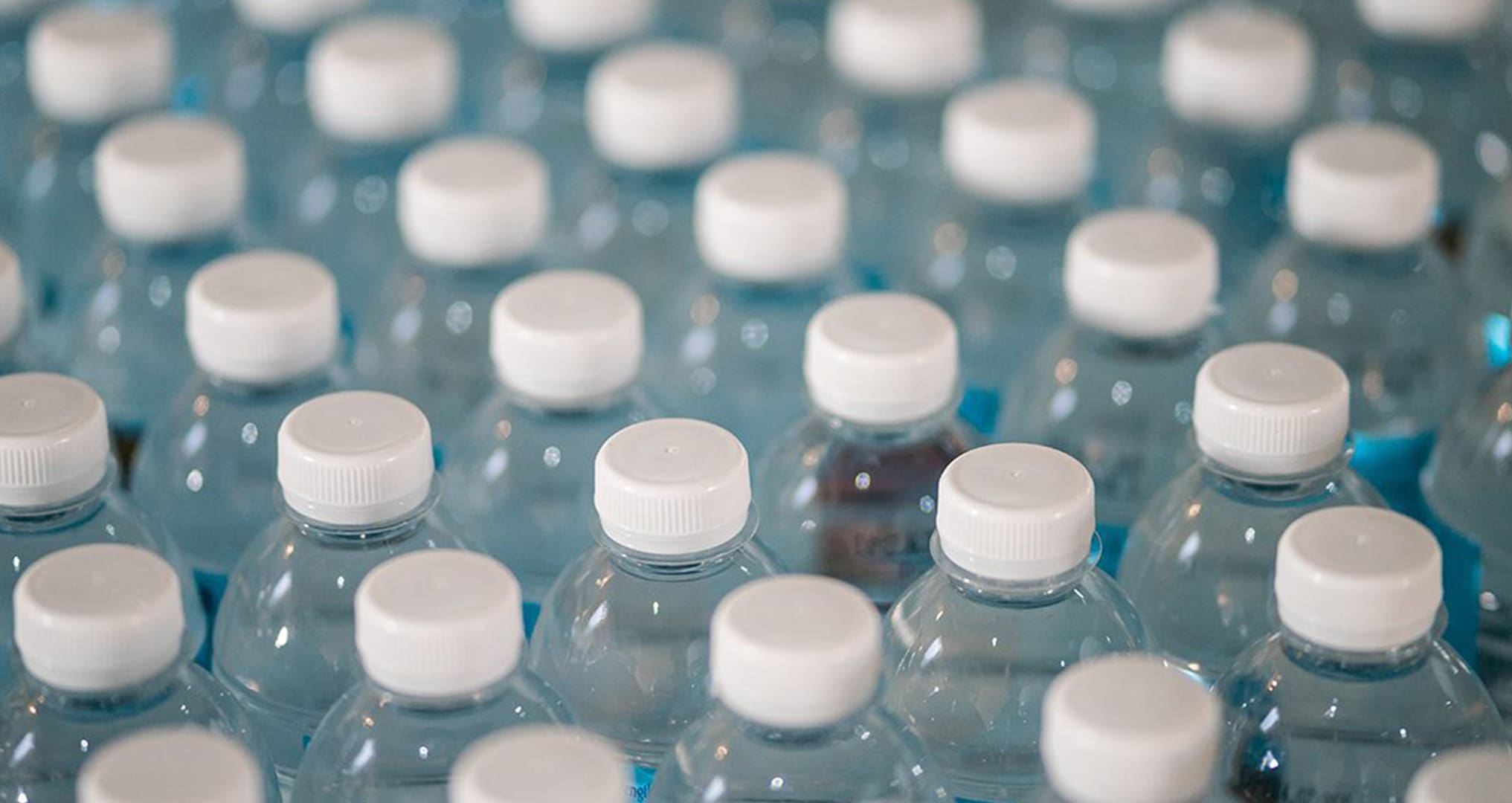
Is Your Bottled Water Really Drinkable?
Over the past years, there has been a significant increase in the use of bottled water. With the goal of finding safe access to water to avoid the risk of health issues, people often prefer bottled water over tap water. Most believe that it has better water quality with the absence of microbial contaminants after undergoing water disinfection and other processes in the factory.
Studies also show that most U.S. consumers purchase bottled water as their primary source of drinking water due to their distrust of groundwater quality and the influence of surface water to tap water. However, aside from its destructive environmental impact, the Centers for Disease Control and Prevention (CDC) show that bottled water poses several health risks that can harm human health.
As a member of Bottleless Nation, Artesian Bottleless Water is on a mission to help companies just like yours remove plastic bottles from circulation. So, this means providing you with some educational pieces on why plastic isn’t just dangerous for the environment – It’s also not so great for your health.
Drinking Water
Drinking water is a necessity in our everyday life as it keeps us going throughout the day. However, to be completely sure that what we are putting in our body is safe, it is also essential to know its source and the processes that it undergoes.
Water Source
Most tap water comes from rivers, lakes, reservoirs, and other surface sources through the water line of public water systems. Meanwhile, bottled water is sourced from artesian water, groundwater, spring water, well water, distilled water, mineral water, and purified water.
Quality and Safety Regulations
The Food and Drugs Administration and Centers for Disease Control and Prevention have water requirements focused on bottled water that water companies must follow because of the expected risk to health issues that come with its production. These are used to monitor contamination levels that can increase the risk of health issues to pregnant women and those that have low levels of the immune system.
Unlike bottled water, the CDC and the Environmental Protection Agency’s (EPA) water requirements regarding tap water distribution are based on The Safe Drinking Act to avoid risk to health problems. The different water requirements for public tap water distribution are:
-
- The National Primary Drinking Water Regulations focus on limiting contamination levels, water disinfection sanitation, and water for all.
- National Secondary Drinking Water Regulations, which is about managing the taste, color, and smell of the water.
- Consumer Confidence Reports, where every public water system must provide an annual report, including tap water samples, to make sure that the water lines and facilities are standard. If tap water samples exceed the desired action level percentage, then public water systems must take additional steps.
Meanwhile, EPA also has a surface water treatment rule involving drinking water disinfectants. It also sets a Maximum Contaminant Level Goal (MCLG) and monitor Residual Disinfectant Level by monitoring nitrate levels and monomer levels, among others, while incorporating the margin of safety in the analysis. If these are not met, an immediate response is needed.
Yet, with all of these safety measures in place, contamination levels continue to be an issue, as are river, lake, and stream pollution. Even though your water may be deemed safe to drink by these oversight standards, we can never be to careful! The only way to guarantee your water is 100% safe to drink is to filter and purify it yourself with a system that’s proven to work.

Dangers of Bottled Water to Human Health
While people believe that bottled water is a safer option for human consumption, there are many factors in how it can affect human health. These include fecal waste contamination, cement contamination, runoff from waste batteries, moldy waterlines, dirty linings of water storage, and discharge from metal refineries and metal degreasing sites.
Aside from those, there are also certain contaminants in drinking water from the groundwater, like microbial contaminants, that pose health risks, especially to people with weak immune systems. For instance, contaminated bottled water has a great health risk for infants and pregnant women.
A 2019 study identified that drinking water contaminants can be classified into physical, chemical, biological, or radiological substances. Here are a few contaminants of drinking water, particularly bottled water, that have a severe risk to health.
E-coli Contamination
One of the microbial contaminants found in bottled waters that has a serious risk to health is Escherichia coli or E-coli. It is a type of bacteria that indicates sewage, animal waste, or fecal waste contamination when found in water. This type of bacteria can survive in drinking water at 15–18°C for 4–12 weeks and has a serious health risk.
Consumption of water with e.coli contamination from runoff water from landfills or fecal waste may cause severe illnesses like gastrointestinal illness, kidney infection, kidney failure, and liver infection that might lead to blood infection.
Presence of Harmful Chemicals or Carcinogens
Aside from microbial contaminants, other harmful chemicals or carcinogens from infected groundwater, runoff from herbicides, runoff from landfills, discharge from petroleum and metal factories, and those chemicals added to water during sewage treatment can also be found in bottled water.
Phthalates, a proven contaminant in drinking water and a substance that is added to plastic can cause increase the risk of cancer and may damage kidneys. Other contaminants that may cause other diseases, especially those with weaker immune systems, like pregnant women or those who have underlying illnesses, include heavy metals, trihalomethanes, and bromate.
Remnants of Microplastics
Microplastic is everywhere, including bottled water. Studies show that bottled water can also contain amounts of microplastics that could cause diseases. These can isolate our immune cells, which could cause spleen damage, kidney damage, and other organ damage.
How to Avoid Drinking Water Health Risks
Having safe access to water is critical to safe drinking water. This is essential to avoid water-related sickness, particularly for those with a weak immune system. To ensure safe drinking, here are safety precautions that you can try:
Know Your Water Source
Knowing where your water if from is the first step to ensuring that your water is clean. If your source is from public water systems, you may check your annual water quality report or check straight from your water source. Meanwhile, for bottled water, you can always check the label.
Check Water Quality
Aside from the water source, water quality relies heavily on the manufacturing practice and processes that the water undergoes. As a consumer or a water vendor, knowing that your water source is not contaminated by microbial contaminants and follows safe drinking water standards is essential.
Invest in a Bottleless Water Cooler
Ridding the office of plastic bottles and providing clean drinking water is simpler than you might think, and it starts with an investment in a bottleless water cooler from Artesian! We have a wide range of units to choose from, including ones that sit on the counter or fit with your office aesthetic. By tapping into your municipal water source, we can then directly remove any harmful contaminants while providing a bottle-free solution. It’s a win-win!
Guarantee Safe Drinking with Artesian
Safety is a priority when drinking water. While bottled water may seem to be the safe route, multiple studies have proven the detrimental effects of portable water storage tanks like bottled water. That is why you should choose your water system carefully for safe drinking water.
Here at Artesian, we provide bottleless coolers undergoing multi-stage filtration that transform tap water into safe, clean drinking water. So, get your FREE 7-Day Trial started today and experience a better source of hydration in the workplace!
Photo by Jonathan Cooper on Unsplash
Photo by Jonathan Chng on Unsplash



